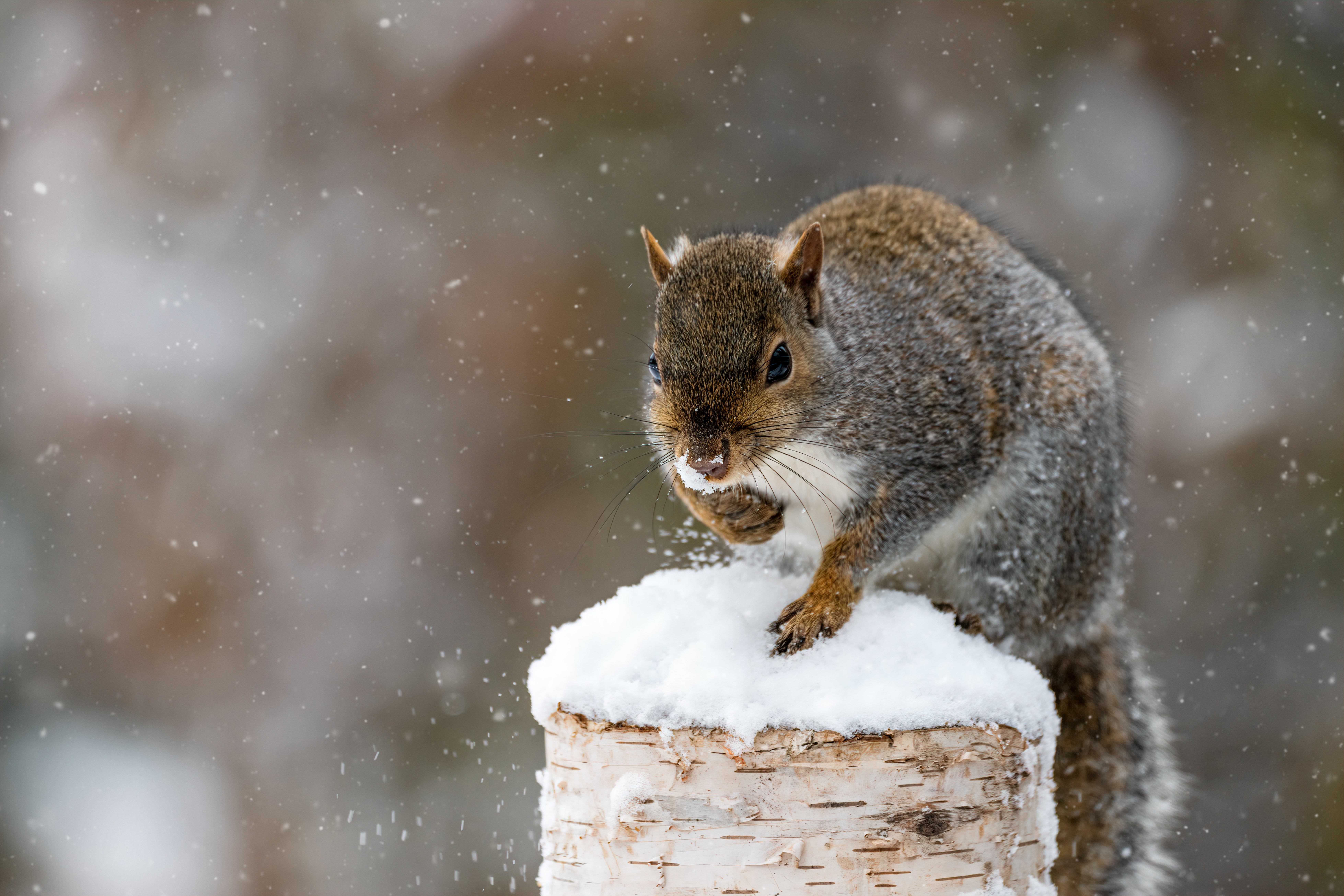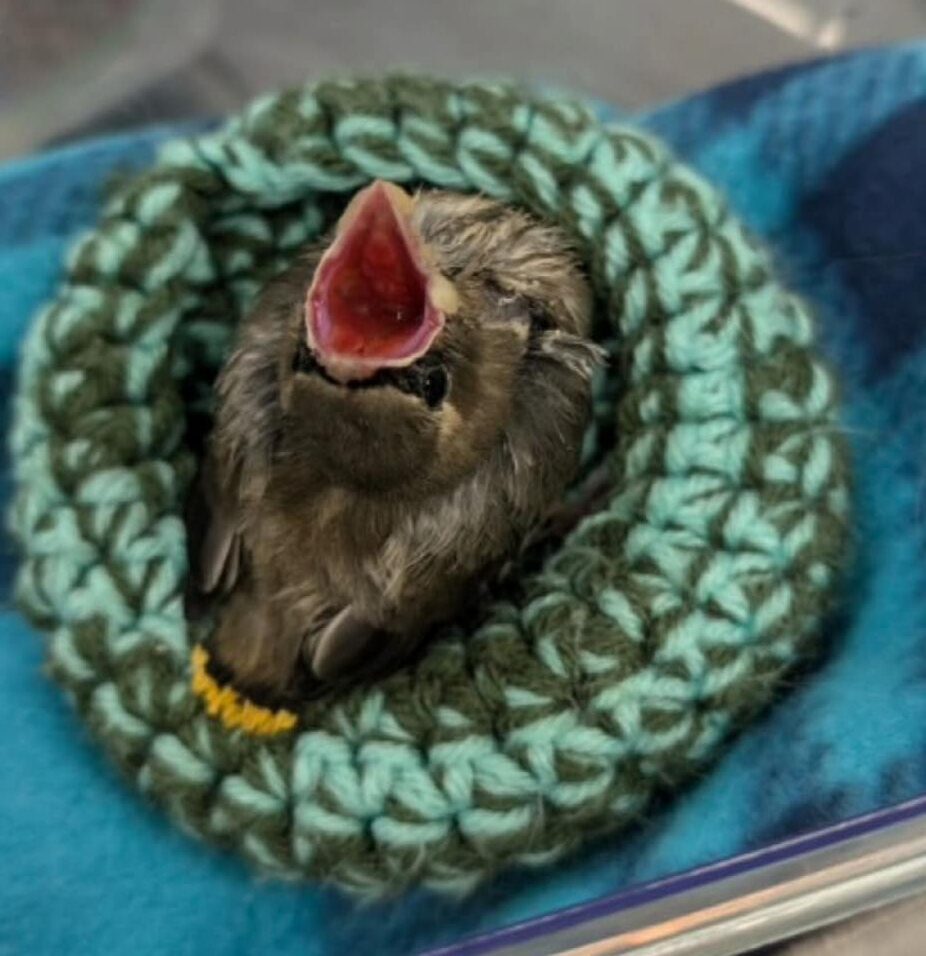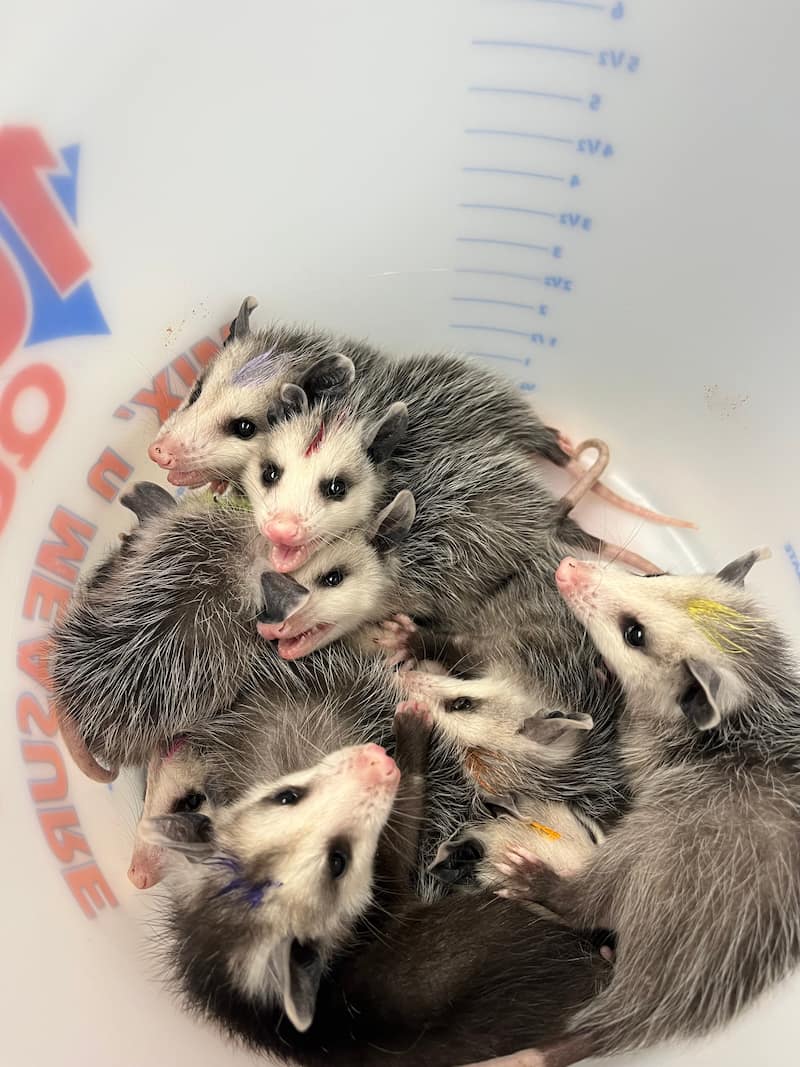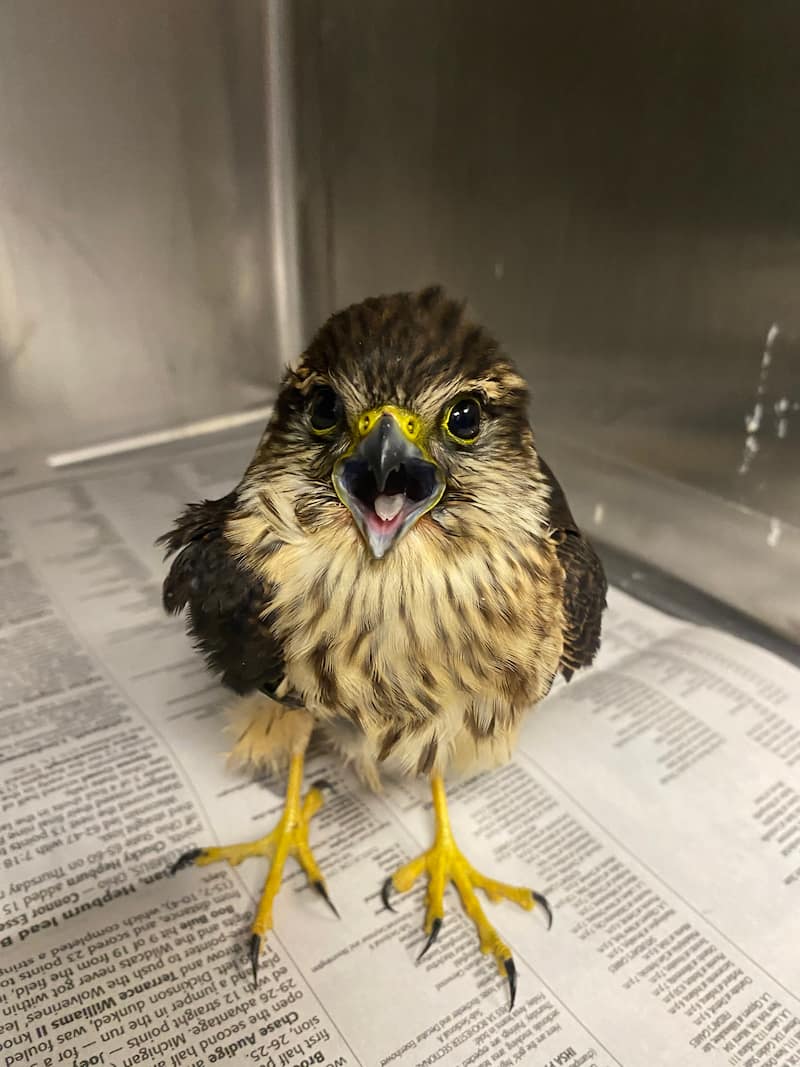While the wintertime blues can be triggered during the shorter days and colder temperatures winter brings, we also tend to see an exciting change in the wildlife population during this time. Some birds, bats and insects migrate out of Illinois and head towards warmer weather during the winter months. Other animals prepare for winter in advance and stay in Illinois, enduring the cold in their own way. We are also the winter home to some species that actually migrate south to Illinois to stay warm, rather than stay in their northern summer ranges!
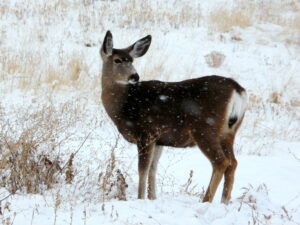
Some species that call Illinois home year-round include the Canada goose, eastern cottontail, white-tailed deer, tree squirrels, skunks, racoons and some song birds! These species may change their diet, periods of activity, and thickness of their fur/feathers to stay warm and conserve resources. Skunks and racoons have dens to where they will retreat if the weather conditions get too harsh. This tactic is called dormancy and conserves their energy so they can live through periods of limited food supply and the harshest winter conditions. While deer and rabbits stay in their same home range during the winter, their diet shifts significantly to include food that is available including tree bark and acorns. Birds add extra feathers and mammals add more fur to keep warm during these colder periods, a notable change we can appreciate on examination of our patients in Wildlife Medical Clinic!
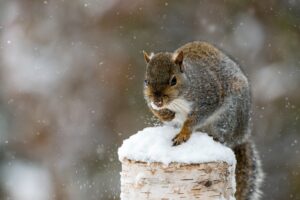
As an alternative strategy to cope with the cold temperatures, some species will undergo a period of inactivity with significantly reduce their body functions to reduce their energy needs. Commonly this is referred to as hibernation, though technically it may be torpor, hibernation, or brumation depending on how their body regulates itself during this period. Reptiles, like the garter snake and Eastern box turtle, and mammals, like the woodchuck and little brown bat adapt to the Illinois winter with just this strategy.
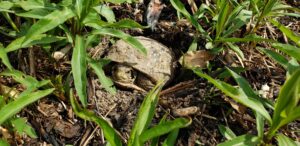
Birds that travel to Illinois for the winter include certain gull species, bald eagles, winter geese, diving ducks, finches, short and long eared owls, and occasionally snowy owls! While the red-tailed hawk, Cooper’s hawk and the American kestrel live here year-round, we also see an appearance of the rough-legged hawk to this area each winter. Other unexpected bird activity of note each winter includes the great-horned owl, which nests in the early winter and hatch their young in January or February, when temperatures remain quite cold!
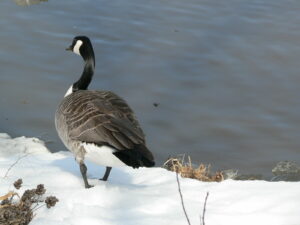
There are varying tactics among the wildlife to survive the winter but each one requires the animal having an adequate food or fat supply to meet its’ basic requirements for life. If an animal hibernates, it must prepare weeks to months in advance, increasing body fat to prepare for months of living off these reserves. If an animal nests or “dens up,” they must acquire an adequate food source to allow them to survive through periods of low food. If an animal migrates south for the winter, it also must meet the energy requirements and ability to travel long distances and rehome for the winter. No matter how they survive the winter, each animal uses incredible tactics to get through these shortened days, colder weather and limited food supply!
Written by: Danielle Money Class of 2024

